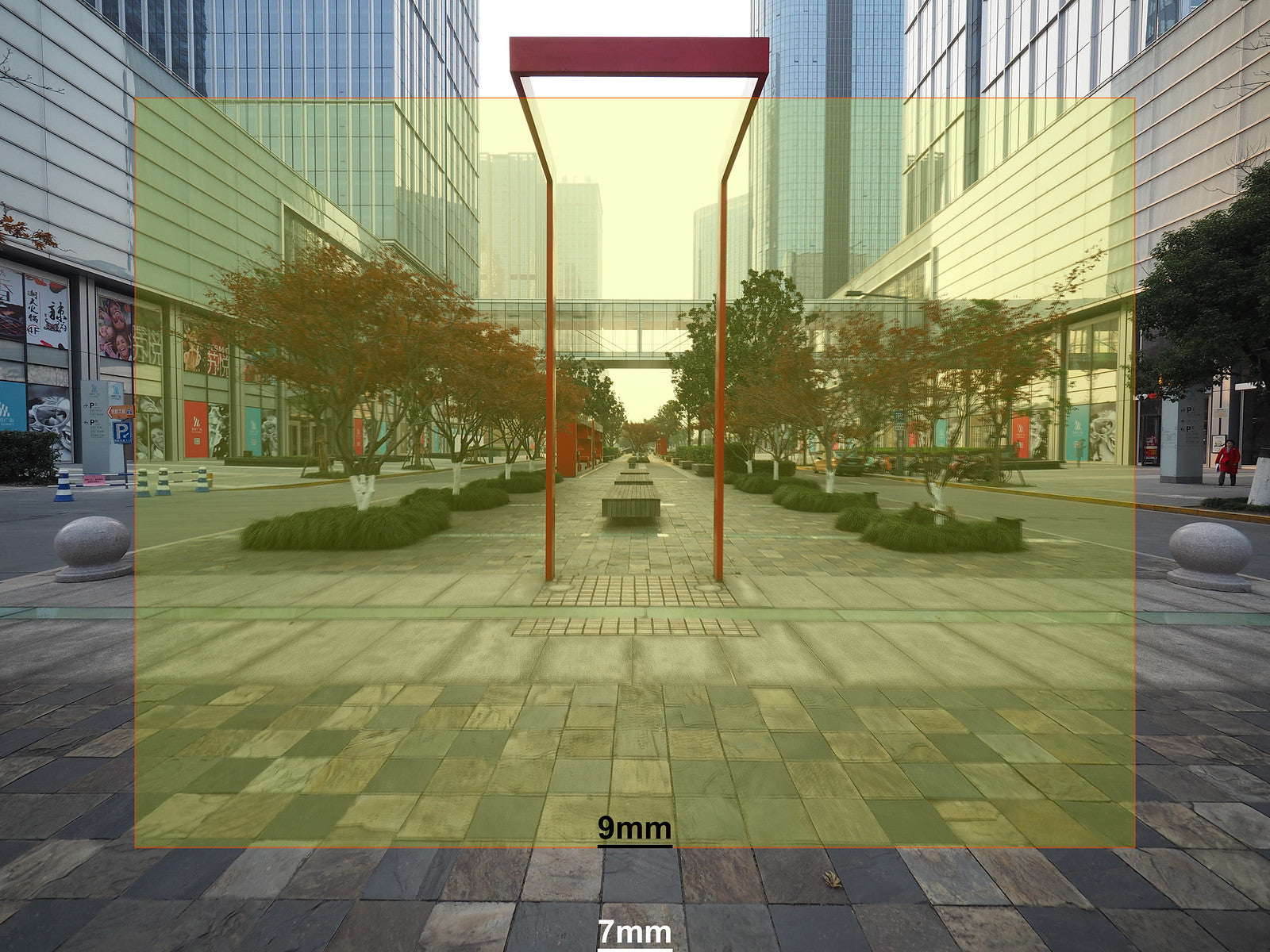A while back I sought to answer "visually" what a lot of people asked across multiple forum posts over time: "How much more field of view do I get with, e.g., a 7mm Wide angle from my 12mm, or how much more reach does a telephoto, e.g., 300mm give me?"
Most answers were side by side comparison images and I thought I could do better. I've posted the results in various forum posts, and some thought it worthy of a "sticky", so I thought I'd post them here.
Telephoto FOV/reach
Here's a shot of Suzhou City, China, taken with an Olympus E-M5 and the kit 12-50mm at 12mm as a typical wide city scene. (Note that the Olympus Micro Four Thirds system is a 2X crop factor, so this is a FF 24mm field of view.)
Rajib-Mukherjee gives an excellent overview of crop factor on his Michromatic YT channel here.
Suzhou, Jiangsu, China, @ 12mm
From this point I changed to a 75-300mm Kit telephoto lens and took two more shots at 75mm and 300mm. (FF 150mm and 600mm)
Suzhou, Jiangsu, China, @ 75mm
Suzhou, Jiangsu, China, @ 300mm
The magic is overlaying the above two 75mm and 300mm images with Photoshop to visually show the reach of the different focal lengths in one image, and, in this case, the usefulness of the 75-300mm telephoto.
What you see below is the original 14mm, the overlay with the 75mm FOV, and then the smaller 300mm FOV at interesting distant features; all from the same tripod spot. Note how the light changes as each frame is selected.
I hope you agree this is an excellent way of showing the impressive reach and usefulness of a telephoto.
The Images are reduced jpg at 1600x1200, so the RAW files had more detail, but you can see the cables on the cranes in the distance at 300mm - an impressive visual example of the extra reach and possibilities of a telephoto zoom lens, especially as this was a kit lens and not a pro lens.
Wide Angle Field of View
Wide angle lenses offer, as the name suggests, a wider angle of view. This can be crucial in a tight spot, but also has other artistic benefits that would be the subject of another post.
7 to 9mm FOV
The above picture is 7-9mm (FF=14 to 18mm FOV) shot on a city street and demonstrates what a dedicated wide angle (Olympus 7-14mm f2.8 pro) and the 9-18mm kit lens can offer in terms of angle of view over just 2mm.

This picture demonstrates well the difference between 9mm and 14mm (FF 18mm and 28mm). I simply couldn't move further back or right to get the bridge in shot without changing to the 9-18mm kit lens I had at the time. The standard kit lens started at 14mm and its FOV is shown in red. To get the shot at 14mm would have meant moving behind a wall/fence and included unwanted features to get the complete bridge in shot, and changed the composition/perpective and feel of the shot entirely.
7-14mm FOV
This last picture gives a FOV from 7-14mm (FF 14 to 28mm) and really shows what a few millimetres can do for a potential image.
In summary, this article offers just a visual representation of what to expect from differing focal lengths. There are other things to consider when choosing a lens that aren't covered here, e.g., wide angle gives more DOF as opposed to narrower as you increase the focal length, and speed comes into play if using a telephoto for sports and moving subjects.
I hope you liked the blog post. Please comment if you found it useful.










